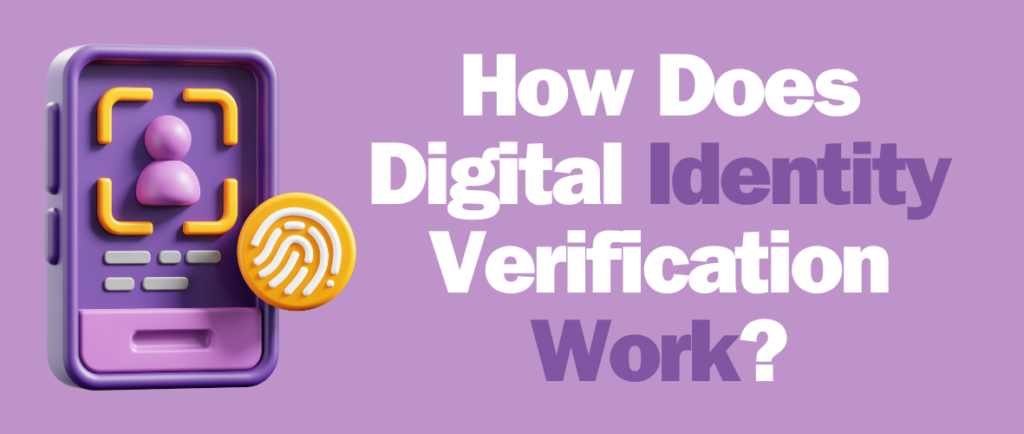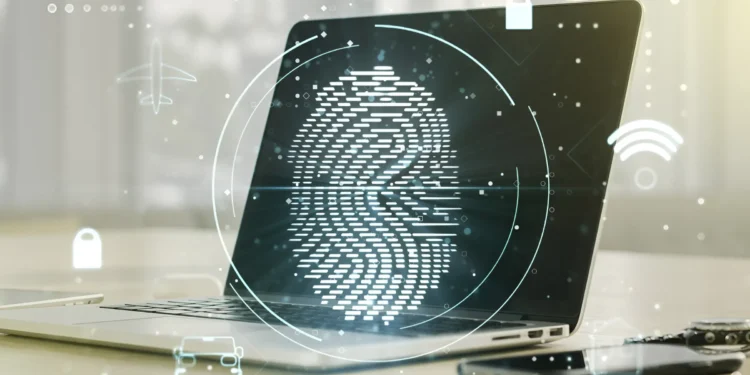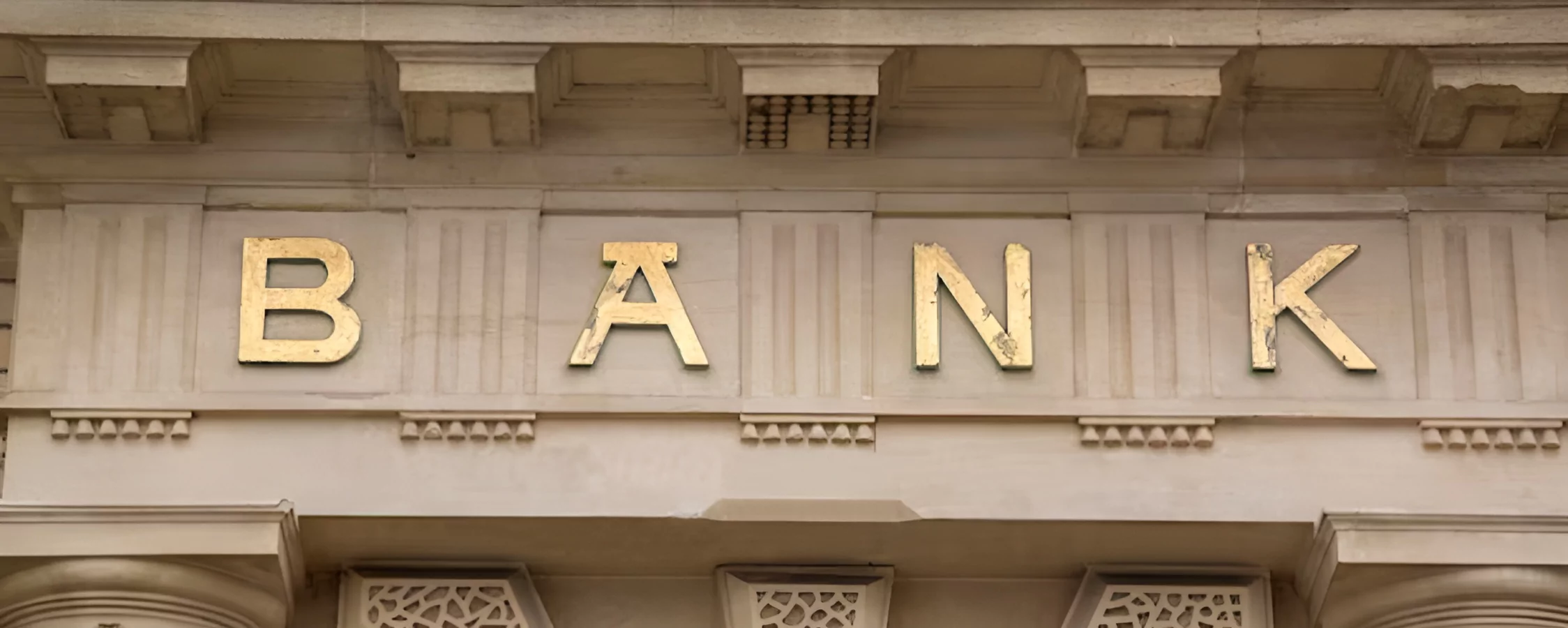As digital banking and financial services have grown, so have online security threats. With nearly all customer interactions now touchless, financial institutions must ensure users are who they claim to be. This is where digital identity verification comes in. By using advanced technologies to confirm users’ identities remotely, these solutions play a pivotal role in securing the rapidly expanding fintech industry.
In this article, we’ll take a look at digital identity verification. We’ll answer common questions about how it works, the challenges it addresses, and what the future may hold. The goal is to help clarify this important topic in an approachable way. So whether you’re a tech novice or an expert, grab a cup of coffee, and let’s dive into the rising role of digital identity verification together!
What is Digital Identity Verification?
At its core, digital identity verification is the process of electronically confirming that an individual accessing your website or app is them. It relies on technologies like facial recognition, document scanning, and online database checks to match users to real-world identities without an in-person meeting. This allows bank tellers, for example, to verify new customers setting up accounts solely through video chats on their devices. Beyond confirming new sign-ups, it can also flag known fraudulent identities trying to open fake accounts. Pretty neat, right?
How Does Digital Identity Verification Work?

Most digital ID services use a combination of elements for verification. They’ll ask you to snap clear photos of your driver’s license or passport and a selfie. Advanced algorithms then compare facial features and personal details between the documentation and selfie to determine if it’s a match. Some solutions delve deeper, cross-checking your information against credit rating databases or other identity repositories. The results are usually ready within seconds to instantly confirm or flag identities as verifications take place.
What Problems Does It Address?
As exciting as new fintech conveniences are, they’ve opened doors for bad actors too. Criminals have exploited the lack of in-person checks to set up numerous fraudulent accounts beneath the radar. This wreaks havoc on victims through stolen funds and damaged credit. Meanwhile. proper businesses lose millions to these scams each year. Digital identity verification curbs stomp on this malfeasance by screening applicants and detecting fake IDs or stolen identities before accounts can be misused. It adds the verification stride missing as interactions migrated online – protecting businesses, users, and the system altogether.
What Challenges Remain for Deployment?
While great strides have been made, digital identity solutions aren’t foolproof quite yet. Environmental factors or document damage can stump even top algorithms during reviews. And concern lingers over potential biometric data theft down the line. To gain broad trust, providers must ensure identity datasets are kept under lock and key using bank-grade security. Education is also key so customers aren’t left in the dark about how their info is handled. With clear policies and efforts to boost accuracy rates further, solutions will find wider adoption securing everything from fintech to online gambling site registrations safely.
How Can User Experience Be Improved?
At the end of the day, verifying identities digitally needs to feel intuitive for mainstream adoption. While security comes first, frustrations from slow or glitchy services could sully user impressions. Some areas ripe for experience enhancements include streamlining ID capture workflows, providing real-time error explanations and fixing suggestions, and cutting verification processing times. Facial matches superior to 99.9% accuracy help avoid unnecessary extra documentation requests too. Seeing major players smoothly integrate identity checks behind the scenes also hides tech complexity better for simplicity-loving consumers. With persistent refinements, digital ID may become almost invisible yet tremendously impactful.
What Other Use Cases Can Arise?

Beyond anti-fraud applications, digital identity verification opens many promising new doors for fintech innovation and personalized customer service. Integrated ID verification upon login could pre-fill account profiles with utility bills and street addresses verifying the account remotely. Cross-checking facial biometrics with public photo databases might one day enable populating profiles with social media profiles to deliver hyper-relevant offers. Governments could use similar tech for remote voter registrations or electronic driver’s license integrations into apps. The possibilities are vast once verified digital identities are established for frictionless secure access across sectors.
Is Wider Adoption on the Horizon?
Everything points to the broader use of digital identity verification taking off in the coming years. As cybercrimes become ever more sophisticated, financial institutions will move quicker adopting powerful screening solutions. You’ll likely see these verifications embedded into everyday banking mobile apps as standard login processes. And as younger generations less inclined to share private info accelerate fintech’s growth, demand will intensify for identity solutions respecting permissions yet validating users remotely. International expansion also looms large as cross-border banking amplifies identity-related regulatory pressures. All told, digital ID looks poised for prime-time status guarding trillions in digital financial activities globally in the future.
Conclusion
Let me conclude by saying that digital identity verification has quickly become a key tool supporting the security of our rapidly digitized financial systems. These solutions are essential in stopping fraudsters and regaining confidence in the ever-expanding world of online banking and beyond since they use state-of-the-art capabilities to verify individuals remotely and with reliability. Significant progress has been made toward the delivery of more accurate and seamless digital ID-checking systems, even though there is still room for improvement. With careful design that takes privacy, convenience, and reliability into account as well as increasing consumer acceptance, digital identification appears to be positioned to protect trillions of dollars in digital commerce and become nearly invisible while having a huge impact.













